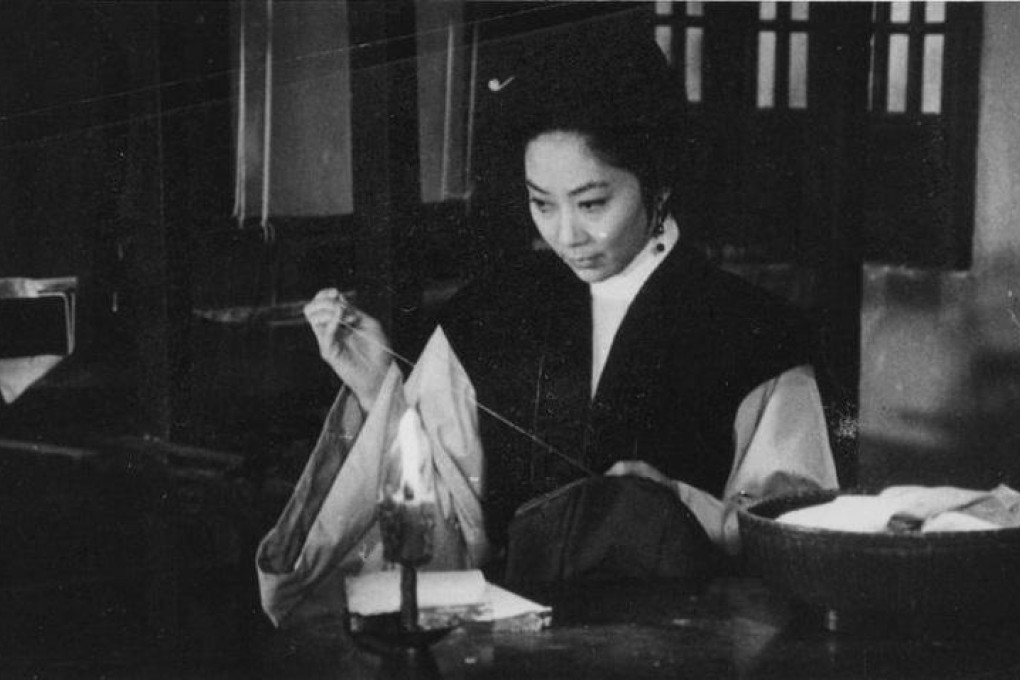Ming dynasty drama The Arch a classic of Hong Kong cinema

Completed in the late 1960s, but not widely distributed until the early '70s, The Arch ranks among Hong Kong's most unusual cinematic accomplishments of either decade. At a time when local films were pivoting towards macho martial arts epics, director-writer Cecille Tong Shu-shuen's debut feature bucked the trend so radically that more than 40 years later, it has retained a freshness lacking in all but a few of its mainstream contemporaries.
On the surface, its Ming dynasty tale traverses the same terrain as many of the costume adventures churned out by Shaw Brothers and Cathay, then Hong Kong's leading movie studios. After all, the main roles are those of a virile military officer, a virtuous but attractive widow, and her frisky daughter.
But in relating the story of Captain Yang (Roy Chiao Hung) and the passions that follow his billeting in the home that Madam Tung (Lisa Lu, pictured) shares with her teenage daughter (Hilda Chou Hsuan), Tong eschews both the conventional love triangle implied by the situation and the gratuitous insertion of action scenes anticipated by the soldier's presence.
Instead, the director has created a character study whose key traits are reflected in the differing Chinese and English titles: Madam Tung and The Arch. Taken together, they make a clear statement that although the lady is the movie's primary personage, what ultimately defines and stifles her is the ceremonial arch commissioned to honour her virtue. Tong achieves this duality through the depiction of the widow's psychological state with such understatement and poetic grace that she is one of the era's few auteurs worthy of comparison in this regard to the great King Hu — albeit on a much lower budget.
The no-frills focus on the central trio allows the production to pare the proceedings down to its essentials. There is beauty in the black-and-white cinematography (by Subrata Mitra, Satyajit Ray's chief collaborator) but never overwhelmingly so. Although the editors (including famed documentarian Les Blank) at times employ avant-garde techniques, these are used sparingly. Similarly spare is the lute score composed and performed by Liu Tsun-yuen.
The quiet strength that was a hallmark of Roy Chiao's screen aura is here put to excellent use. But at its core the film belongs to Lisa Lu, whose rendering is a model of restraint.